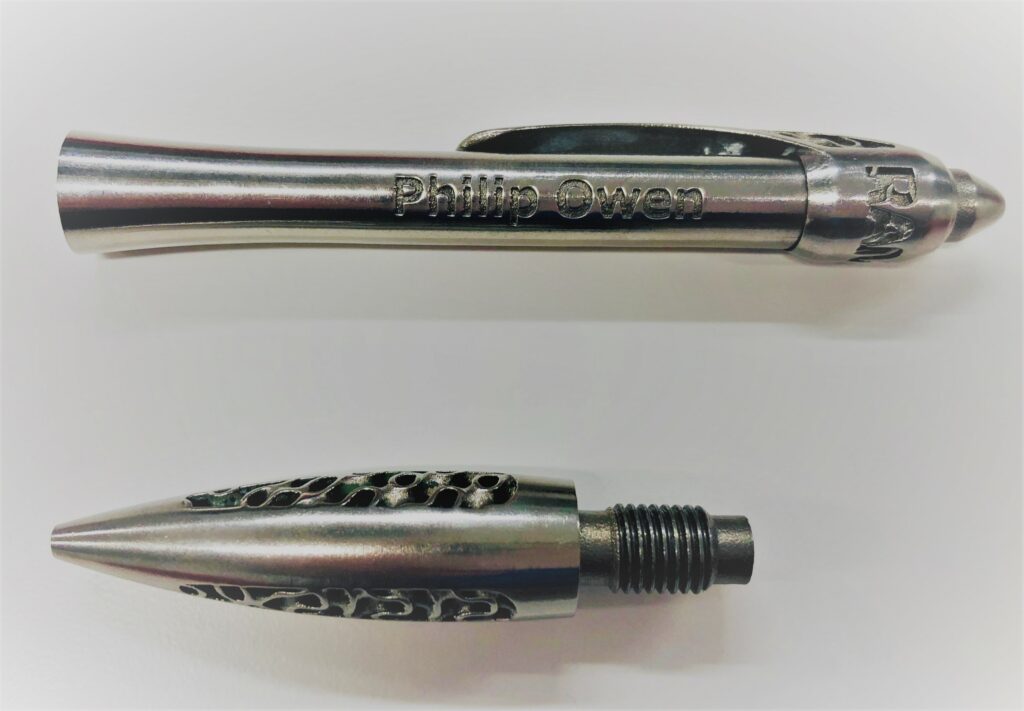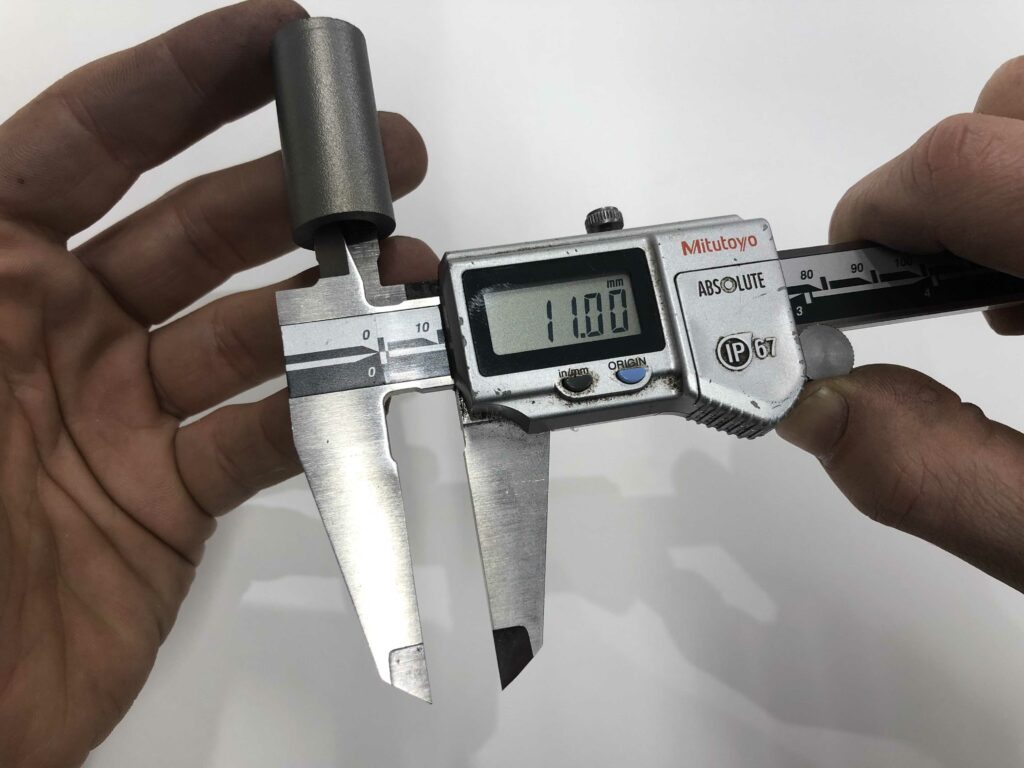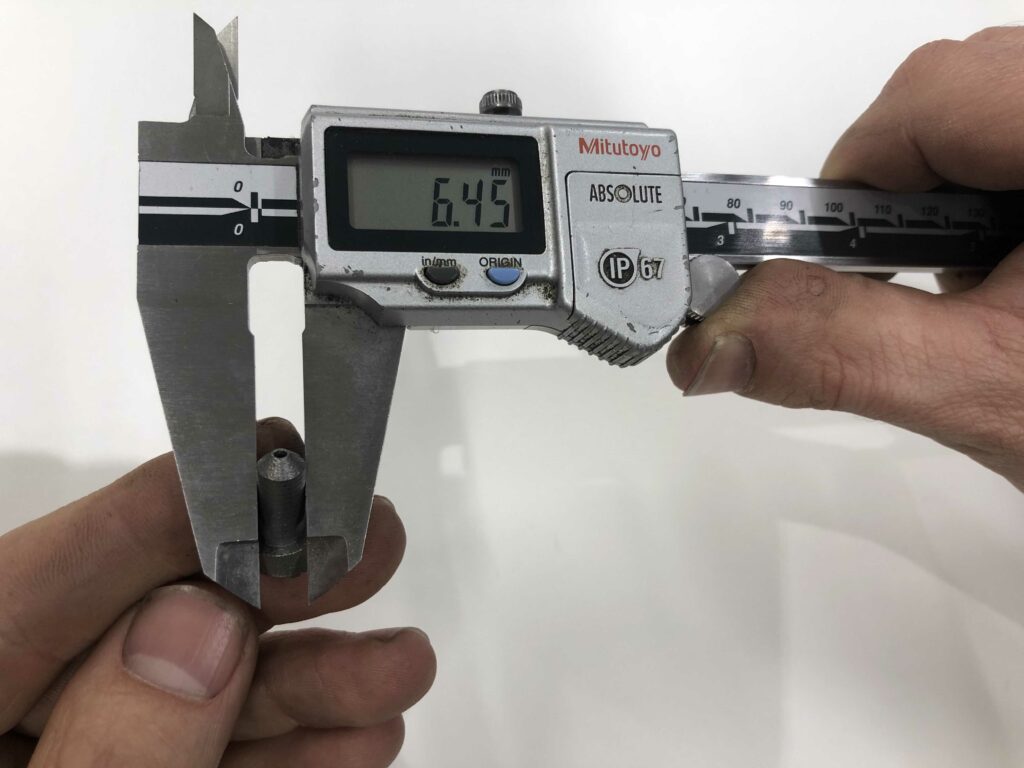One of the most common questions we are asked is “what is your standard fit and tolerance”? so we thought we would answer this.

THREADS
We print a lot of threads and can print them down to M3 size. Threads need to be modelled and not be cosmetic or visual. If your CAD software cannot model threads we can add them for you to your 3D model. We can add threads to the following file formats, .stp, .step, .x_t or .sldprt.
TOLERANCE
The 3D printing machines are scaled to ensure that parts are as close to actual size as possible, however due to orientations, we suggest +/- 0.05mm. To give you an example, the best orientation of a basic tube to maintain tolerance would be on the Z axis (vertical). If it was on an angle or horizontal, there is a possibility it could print out of round.
We occasionally get parts that will need to be printed separately and require a slip fit together. In this situation the male part is usually around 0.05mm smaller in diameter than its female part in order for them to fit snugly together. We have learnt if we print both male and female parts together on the same build, the scaling will be the same and the correct orientation slip fit seems to work well.




ASSEMBLIES
Assemblies of parts can be printed, however, these will need to be assessed on a case by case basis to ensure all moving parts work.
